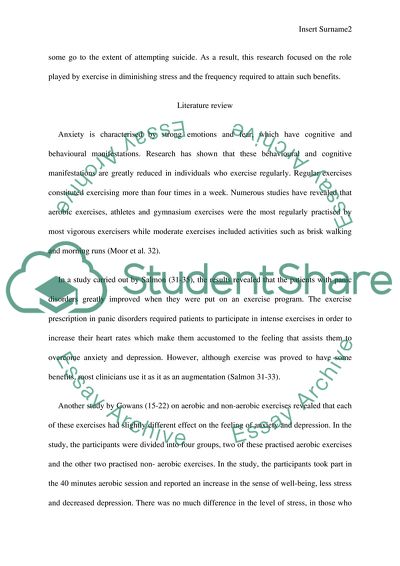Cite this document
(Diminishing Anxiety by Exercise Research Paper Example | Topics and Well Written Essays - 1750 words, n.d.)
Diminishing Anxiety by Exercise Research Paper Example | Topics and Well Written Essays - 1750 words. Retrieved from https://studentshare.org/psychology/1825768-how-can-you-diminish-anxiety-by-exercisingwith-which-frequency
Diminishing Anxiety by Exercise Research Paper Example | Topics and Well Written Essays - 1750 words. Retrieved from https://studentshare.org/psychology/1825768-how-can-you-diminish-anxiety-by-exercisingwith-which-frequency
(Diminishing Anxiety by Exercise Research Paper Example | Topics and Well Written Essays - 1750 Words)
Diminishing Anxiety by Exercise Research Paper Example | Topics and Well Written Essays - 1750 Words. https://studentshare.org/psychology/1825768-how-can-you-diminish-anxiety-by-exercisingwith-which-frequency.
Diminishing Anxiety by Exercise Research Paper Example | Topics and Well Written Essays - 1750 Words. https://studentshare.org/psychology/1825768-how-can-you-diminish-anxiety-by-exercisingwith-which-frequency.
“Diminishing Anxiety by Exercise Research Paper Example | Topics and Well Written Essays - 1750 Words”, n.d. https://studentshare.org/psychology/1825768-how-can-you-diminish-anxiety-by-exercisingwith-which-frequency.


